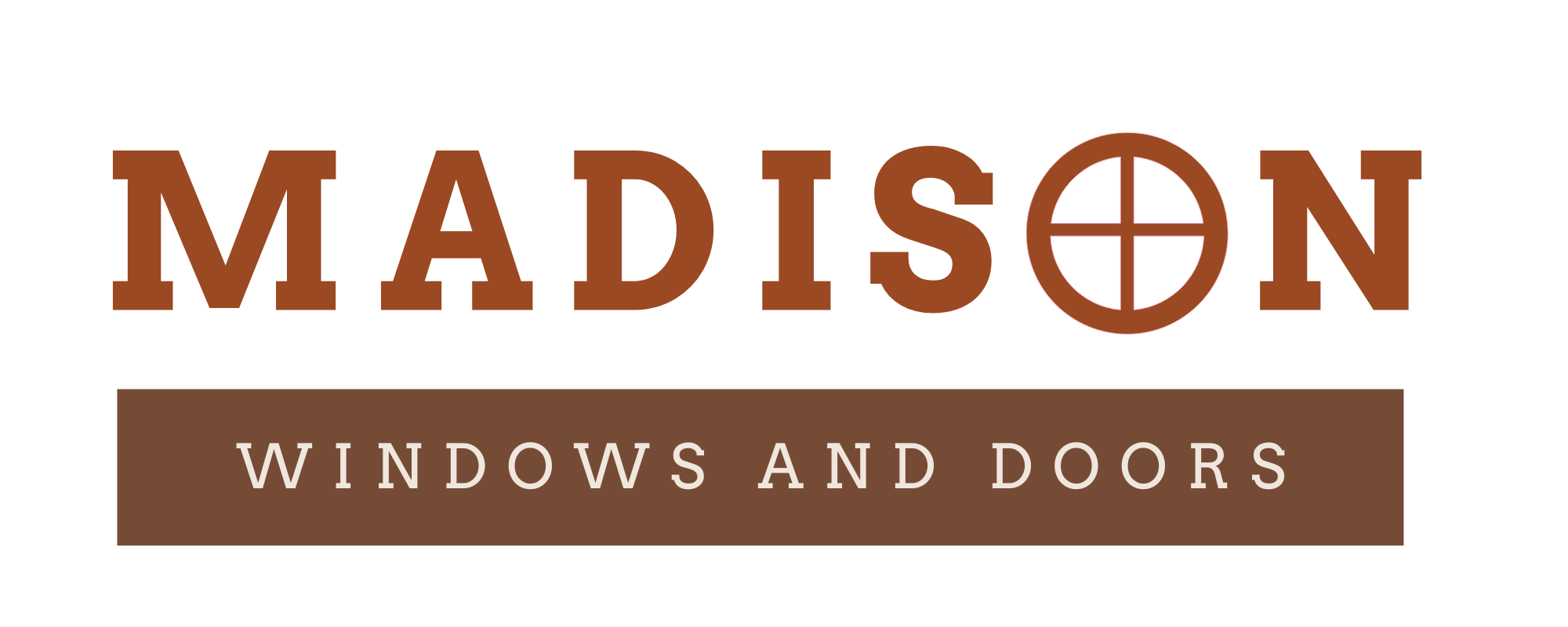Windows play a big role in your home’s aesthetics and energy efficiency. Upgrading them to new, more efficient models can help you save money on your energy bills.
Bay windows are a beautiful addition to any room and provide a stunning view. They also offer additional space for storage or seating.
Awning windows
Awning windows are ideal for spaces where you need more ventilation and natural light. These windows can open up and down from a hinge at the top, making it easy to regulate airflow and let in sunlight without opening the entire window. They also offer greater privacy than other window styles because they can be opened up high enough that passerby cannot see inside your home.
A downside of this window type is that it can be challenging to clean since the slanting feature makes it hard to reach certain areas. It’s also not an efficient fire escape window because it doesn’t allow for a quick and easy exit in the event of an emergency.
Bay windows are a beautiful addition to any home. They consist of 3-6 window panels that angle out beyond the house wall. They bring in more natural light than other window types and create extra space for shelving or seating.
Sliding windows
Sliding windows are a great choice for rooms where ventilation is less of a priority. They open horizontally and are easy to clean from inside the house. They are also easier to install than double-hung windows. But they’re a bit more expensive and are susceptible to wear and tear. They may even require regular lubrication of the window track. Additionally, the sliding sash may accumulate pollen, dandelion dander and other debris that requires cleaning.
Bay windows offer a unique aesthetic to any home. They’re a great choice for homeowners who want to increase their home’s value and curb appeal. They also provide natural light, which improves air quality and creates a cozy, warm environment. However, they can be difficult to maintain, and it’s important to hire a professional window installation company.
Tilt-and-turn windows
Unlike sliding windows that open horizontally, tilt-and-turn windows can assume different positions to serve your home’s needs. They swing inward like a door when opened in the turn position, tilt open from the top when opened in the tilt position, or both – all controlled with one handle (1).
Tilt and turn windows provide homeowners with enhanced ventilation options and a clean, attractive aesthetic that suits various home styles. They can be opened from the bottom to allow air flow while maintaining security and blocking intruders or from the side to offer unobstructed views of the outdoors (2).
These windows have been a popular feature in Europe for decades and are rapidly gaining popularity in the United States. The unique combination of functionality, style, and security makes them a valuable addition to any home upgrade project (3). Aside from their flexibility, tilt-and-turn windows are durable and require little maintenance (4). They are also weatherproof, providing protection from rain and snow (5).
Casement windows
Unlike double-hung windows, casement windows don’t have a grid line and open wide to maximize airflow and natural light. This style is also a strong deterrent against burglars as it requires more effort to break in. However, they are prone to wear and tear from constant exposure to harsh elements like rain and wind. To combat this, homeowners should regularly lubricate the cranks and latches to prevent them from rusting or freezing.
Bay windows are a stunning window replacement option that adds dimension to your home and floods it with natural light. They combine three or more windows and angle outward, creating an alcove in your house that can be used as a seating area, an entertainment center, or a display space for plants.
Bay and bow windows offer beautiful panoramic views and a sense of openness. They are a great choice for areas that feel claustrophobic and dark and can be combined with picture or double-hung windows.
